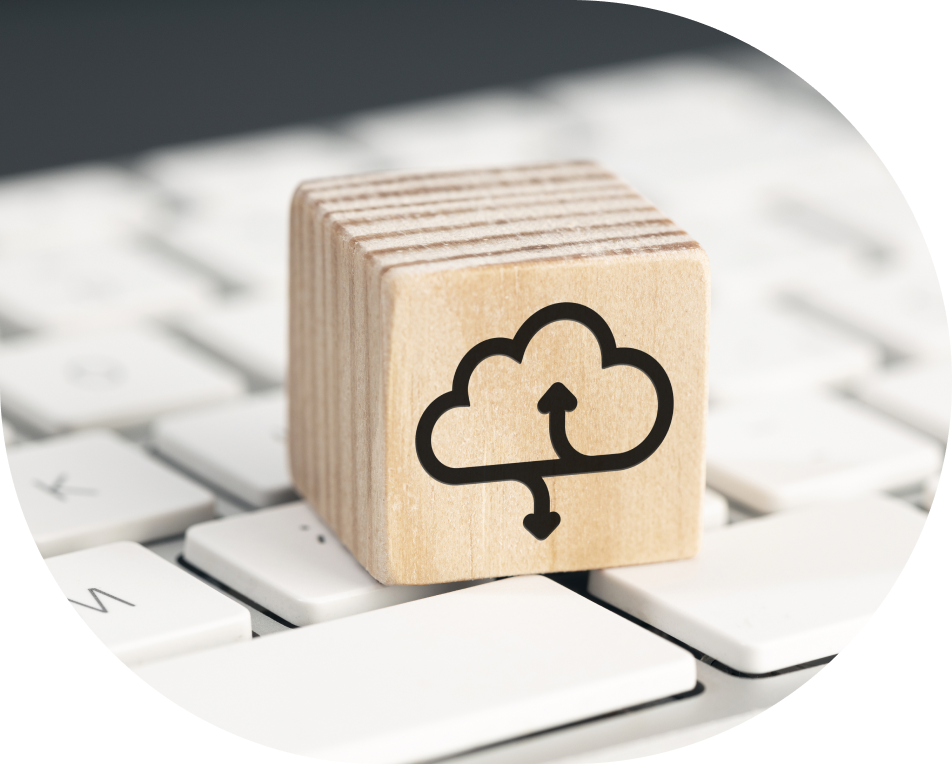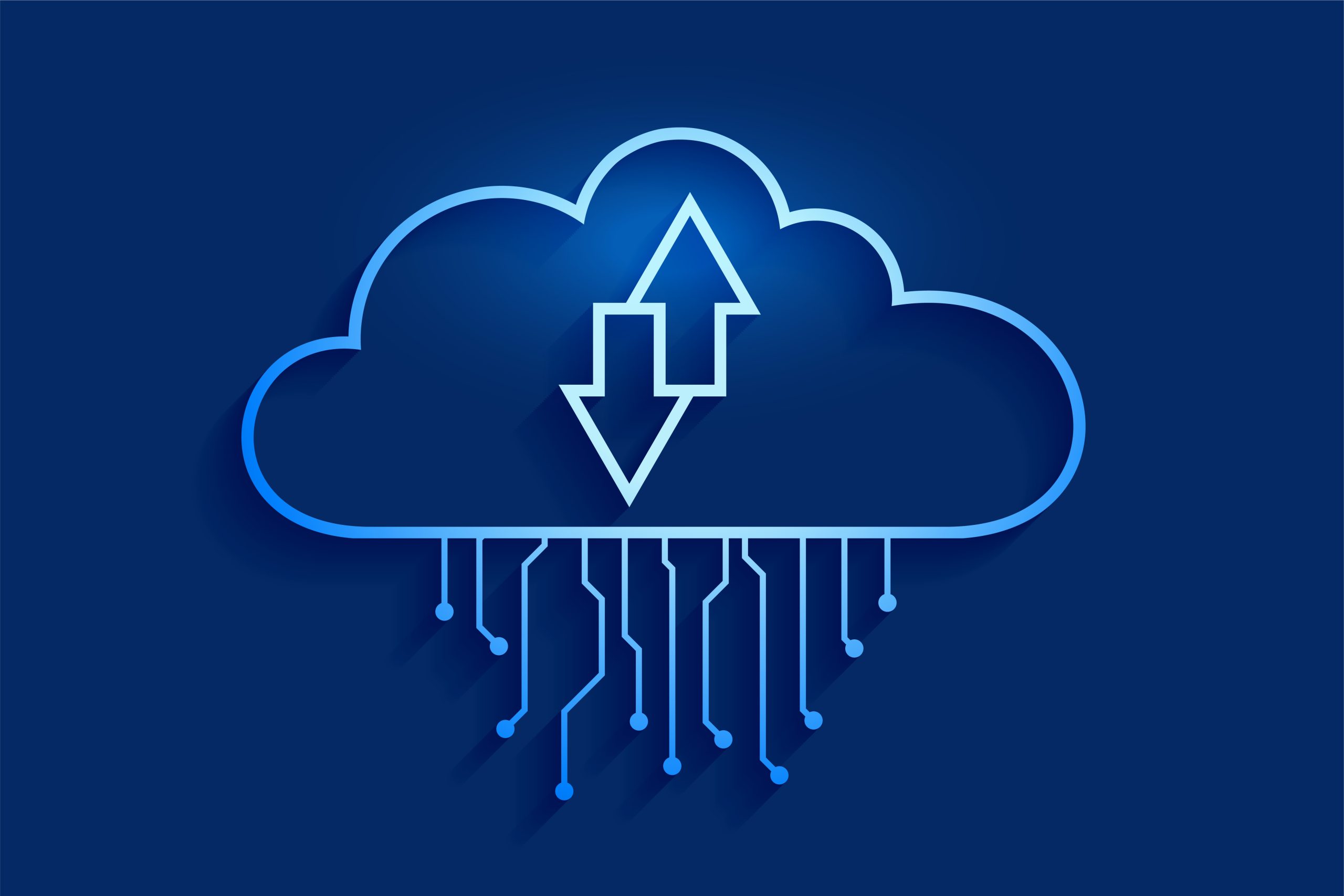Nowadays it is very difficult to run a business without being backed by technology. Powerful computing machines help us speed up a lot of activities, by relieving people of the burden of making complex calculations. Intel’s late 2021 flagship processor, the i9 12900K, can perform more than one billion floating point operations per second while maintaining a footprint of 45mm by 37.5mm. The 1.65 cm^2 microSDXC standard memory card can hold up to 512 gigabytes of data, which translates to almost 65,000 pages of Microsoft Word documents. In comparison, when printed double-sided on A4 paper weighing 80 g/m^2, the height of this stack would be 325 cm.
Technology costs money.
This is being felt particularly clearly now, at the time of a global economic crisis and a shortage of semiconductors. For this reason, it is an increasingly popular strategy to shift away from acquiring in-house computing units to renting resources that are available remotely. Performing calculations, providing IT services and storage of data using machines that are remote from the customer is referred to as cloud computing.
How does this work?
Cloud computing is a concept that includes all operations that take place beyond the local network and its firewall. In other words, performing calculations using a private server owned by a company and located on its premises does not represent cloud computing, although the activities are performed outside the client computer. Cloud computing can be based on one of several models.
- IaaS – Infrastructure as a Service. In other words, the client gets a unit with a specific computing power and with specific security measures. The quantity of resources made available is flexible to some extent – for instance, Amazon within AWS offers a choice between several pricing options, as part of which it leases the relevant amount of memory and processor cores. Within this model, the cost of purchasing a necessary software licence and installing it is incurred by the client. IaaS is the most flexible of Cloud Computing solutions, yet it requires the most IT expertise.
- PaaS – Platform as a Service. In this model, the client is given access to a pre-configured working environment inside which they can easily create their own customised applications. The service provider is responsible for maintaining the operating system, keeping it secure and fixing any bugs. This model is more convenient for the client than IaaS, but offers fewer options – for example, as a consequence of the imposed specific operating systems and development environments.
- SaaS – Software as a Service. It is often referred to as ‘cloud apps’. In this model, the service provider provides all the infrastructure and software. The client only has access to an interface that enables it to operate the application, often via a dedicated website. SaaS allows very limited intervention in the software. In return, it offers a highly simplified setup, often reduced to setting up a user account and defining a payment method. It works very well for universal tasks such as keeping spreadsheets or a cloud drive.
Is it a good idea to transfer your processes to the cloud?
I guess that the foregoing simplified description of how cloud computing technology works may leave the reader with some questions – is it advisable to invest in the cloud? After all, this frequently means that much of the software it uses must be developed from scratch. The Stackmine team has already helped many companies make this transition, always with a successful outcome. Therefore, if you are determined to make the move to the cloud, but don’t know who to ask for help with the migration, you have probably just found a suitable partner.
We invite you to check out our offer: Cloud Services at Stackmine.












